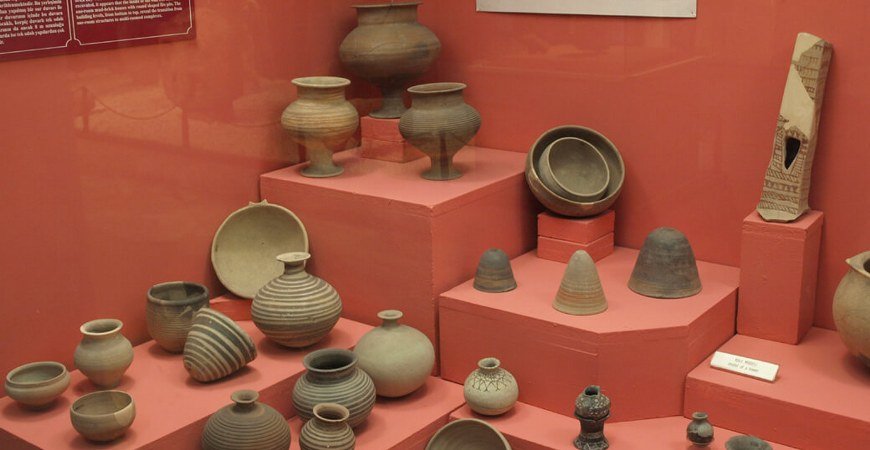
Urfa Museum and Tokat Museum
Urfa Museum and Tokat Museum,
URFA MUSEUM
The first museum depot was established in Urfa in 1948 in a room of a primary school. In 1956 the objects were moved to the ground floor rooms of Sehit Nusret Primary School and put on exhibit. When these rooms became too small a new museum building was begun in 1961, the works moved here when it was completed in 1965, and the new museum opened to the public in 1968. Urfa Museum consists of two eXhibition rooms. The small room to the right of the entrance contains statues, steles, column capitals, bas-reliefs, sacrificial altars, and masonry. The large room contains ceramics and small metal, bone and stone objects from the prehistoric ages to the Greek, Roman and Byzantine periods, pieces of mosaics from Urfa Necropolis, excavation findings from Harran-Sultantepe, and ornaments. One section of the room contains ethnographic and Islamic period works, including manuscripts and inscriptions, carpets and kilims, metal jewellery etc.
The garden of Urfa Museum contains columns and capitals, friezes and pieces of statues, grave steles, inscriptions, clay water jars, Seljuk and Ottoman period inscriptions and gravestones found in Urfa, Viransehir, Nizip, Harran, and Yarimtepe.
TOKAT MUSEUM
Tokat Museum was established in 1926 in the Seljuk period Gokmedrese in Tokat. The Gokmedrese was a Seljuk hospital, built in 1275 by Emir Suleyman Pervane. The medrese has two stories, an open courtyard, colonnades, and exedras. The inner walls of the courtyard used to be covered with tiles. The museum contains ceramics, sarcophagi, statues, grave steles, glass objects and masonry dating from the pre-Islamic period found in the region of Tokat, clothing and embroidery from the To-kat region, tekke objects, axes, tambourines, flutes, items, standards etc., Roman, Byzantine, Seljuk and Ottoman period coins, gravestones from Tokat graveyards, stone inscriptions, and various ethnographical objects. Tokat Museum also has an archive which contains Canonical Records of the Tokat and Amasya regions.